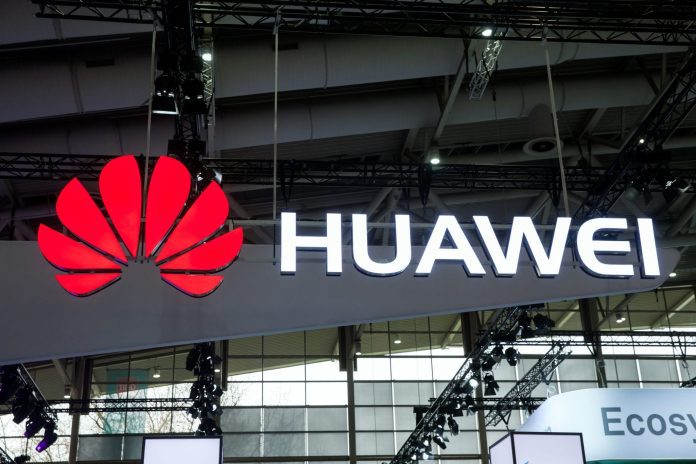Huawei said that ‘5.5G’ networks lead to a 10-Gbps experience for users
During Mobile World Congress 2023, Huawei has highlighted the main features of future ‘5.5G’ networks, the company’s brand name for advancements in areas like integrated sensing and communication, Level 4 autonomous driving, “all-scenario IoT” concepts and green ICT. The vendor also claimed that 5.5G will lead to a 10-Gbps experience for users, enabling immersive and interactive services.
“3D applications, such as 3D online malls, 24K VR gaming, and glasses-free 3D video, will become mainstream. Services with immersive experiences emerged in the 5G era, but in the 5.5G era, services with both immersive and interactive experiences will become commonplace. With continuous breakthroughs in device technologies and a boom in content, the number of online users of immersive and interactive services in the 5.5G era is expected to exceed 1 billion,” Huawei said.
The vendor further stated that these future networks will enable a 10-fold improvement in latency, positioning accuracy and reliability. And according to the Chinese vendor, Passive IoT technology will enable an increase in the number of connected things from current 10 billion to 100 billion in 2030.
“As 5G private networks become increasingly capable, their scope of application will expand by 10 times, and the value of each connection in key applications will increase by even more than that. We predict that the number of 5G private networks deployed will increase from 10,000 today to 1 million by 2030,” said Huawei.
Also, Huawei highlighted that Passive IoT technology is extending mobile connectivity from current high-speed active solutions to ultra-low-speed passive solutions. “Passive IoT tags can transmit data, and can also be used for positioning and on temperature sensors. Such tags can be used in a wide variety of scenarios, such as automated inventory of warehouse items, agriculture and livestock development, and positioning of personal items. Currently, more than 30 billion passive IoT tags (based on technologies like RFID) are consumed a year. As more industries go digital, the number of passive IoT tags used every year is expected to reach 100 billion.”
Huawei also explained that 5.5G networks with sensing capability will be used extensively in scenarios like smart city road traffic services and perimeter sensing, making urban infrastructure more efficient and intelligent. “For example, in rainy or foggy weather, 5.5G networks can automatically detect obstacles or abnormalities on the road and notify drivers through the maps in their cars one kilometer in advance, making transportation safer.”
Paul Scanlan, president advisor of Huawei’s carrier business group, said during a media roundtable during MWC 2023 that in order to commercially launch 5.5G networks, the technical standards should be defined and an ecosystem still needs to be developed.
According to the vendor, there are no specific spectrum bands for 5.5G, as all bands can be used for this technology. However, operators may face some challenges as the spectrum already allocated to the mobile industry is not sufficient for 5.5G, according to the company.
However, Huawei did comment that 6 GHz band will be a key band for the so-called 5.5G technology and that it has been urging telecom regulators globally to reserve this spectrum band for mobile operators.
5.5G, or 5G Advanced, will be specified by 3GPP Releases 18, 19 and 20, after which 3GPP’s work will focus on 6G, which will hit the market around 2030, according to several voices in the industry.

